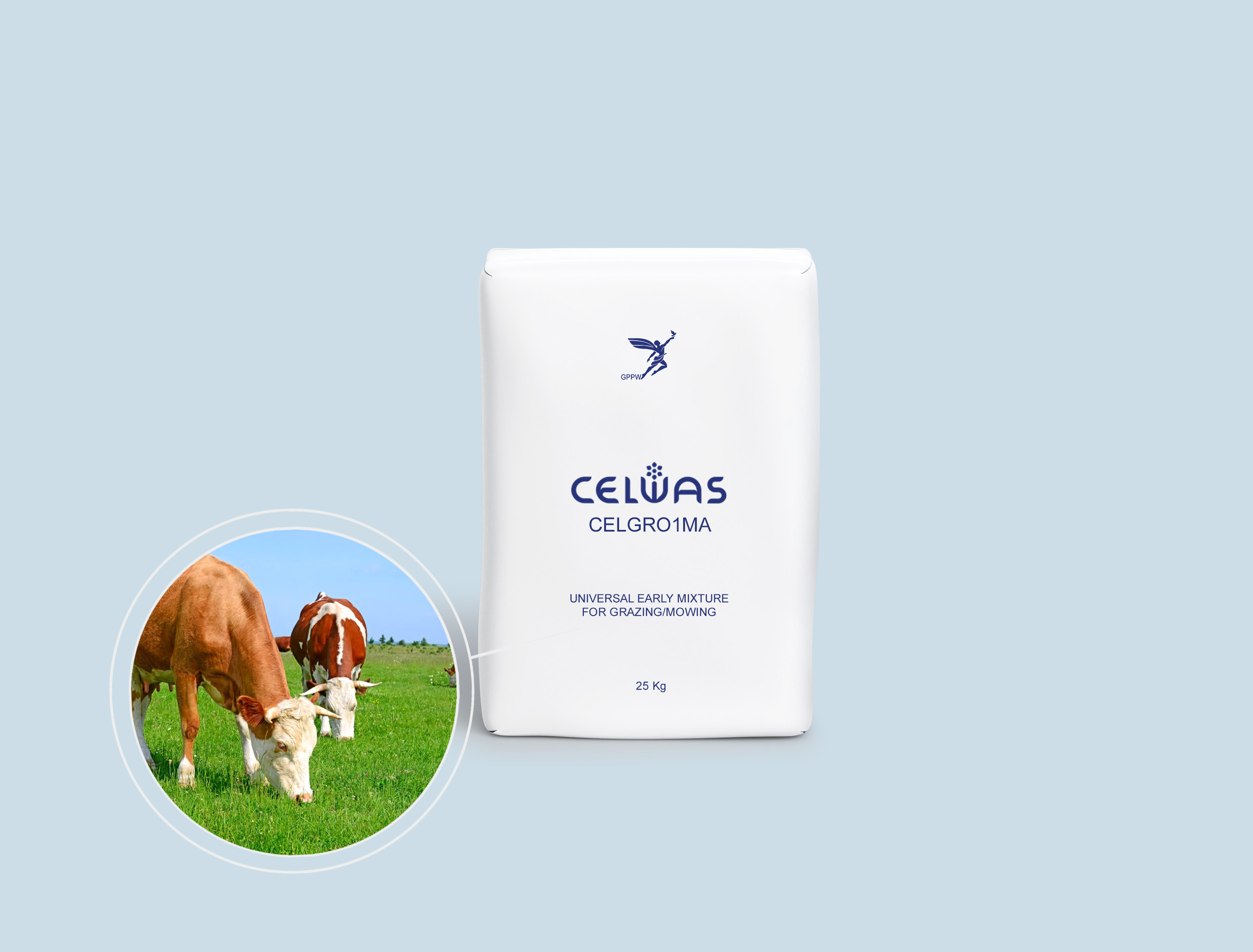
CELBARB
OIL, SEASONING PLANTS / WHITE SWEET CLOVER
Melilotus albus Med.
A very woody plant
Excellent green fertilizer
It is an herbaceous biennial (there are also annuals), semi-cultivated plant of the bean family. The tap root is small, and the lateral roots are strong, penetrating deeply into the ground. The stems grow up to 2 meters in height. The flowers are white, small, concentrated in long bunches. There are up to 70-90 flowers in a bunch. Thanks to the long and strong roots, the barberry tolerates drought well, grows well in both light and heavy soils, as long as they are non-acidic (pH 7-8) or calcareous, and does not tolerate wet soils. Baltaziedis barkūnai produces a relatively large amount of green mass - up to 30-40 t/ha, it is rich in nitrogen and other valuable substances. The roots also accumulate a lot of nitrogen. Research by scientists has established that after plowing the green mass of this plant, 150-200 kg of nitrogen remains in the soil, which is equivalent to 40 t/ha of manure. This makes barberry perfect for sidereal cultivationplants, especially in organic farms. The bark is used in the second year of growth for fodder, green fertilizer or seed.
White-flowered barkūnas is a very woody plant, it blooms for 3-4 weeks, in June-July. The white-flowered barkūnas grown for seed in arable soils yields about 600 kg/ha of honey.
White-flowered barkwort is an excellent pre-seed for all plants. It can be grown alone and as an infill. The seed is very small, with a hard shell, it needs a lot of moisture to germinate, so it should be sown as early as possible in the spring. Before sowing, it is recommended to rub the seeds with a special scarifier or clover grinder, then the seeds will germinate faster. To obtain a good yield of green mass, it is advised to apply nitragin (root nodule, nitrogen-fixing bacteria) to the sedum seed, especially in those fields where sedum has never grown.
In the information for beekeepers, it is written that weevils can be sown in buckwheat. After buckwheat is sown, on the same day, sedges are also sown. It is best to sow in cross-sown buckwheat rows. After sowing, the crop should be harrowed or rolled with rollers on a smooth surface. Buckwheat overshadows other plants as it grows, but sedges manage to survive and grow.
After overwintering, the white-flowered barberry grows rapidly and blooms in June. Blooms for three to four weeks. Barkuna grown for fertilizer should be plowed at the beginning of flowering. Before plowing, to prevent clogging of the plows, the bark should be chopped or flattened.
Under different growing conditions than those found in these studies, cultivar parameters may differ from those given here
SOWING RATE
Recommended seeding rate: 20-30 kg/ha. When growing as a seed, the seed rate should be increased to 30 kg/ha
Recommended sowing rate for green fertilizer: 25-35 kg/ha
Other products in this category:

CELGRO1 fodder grasses and legumes

CELGRO1M fodder grasses and legumes

CELGRO1MA fodder grasses and legumes



